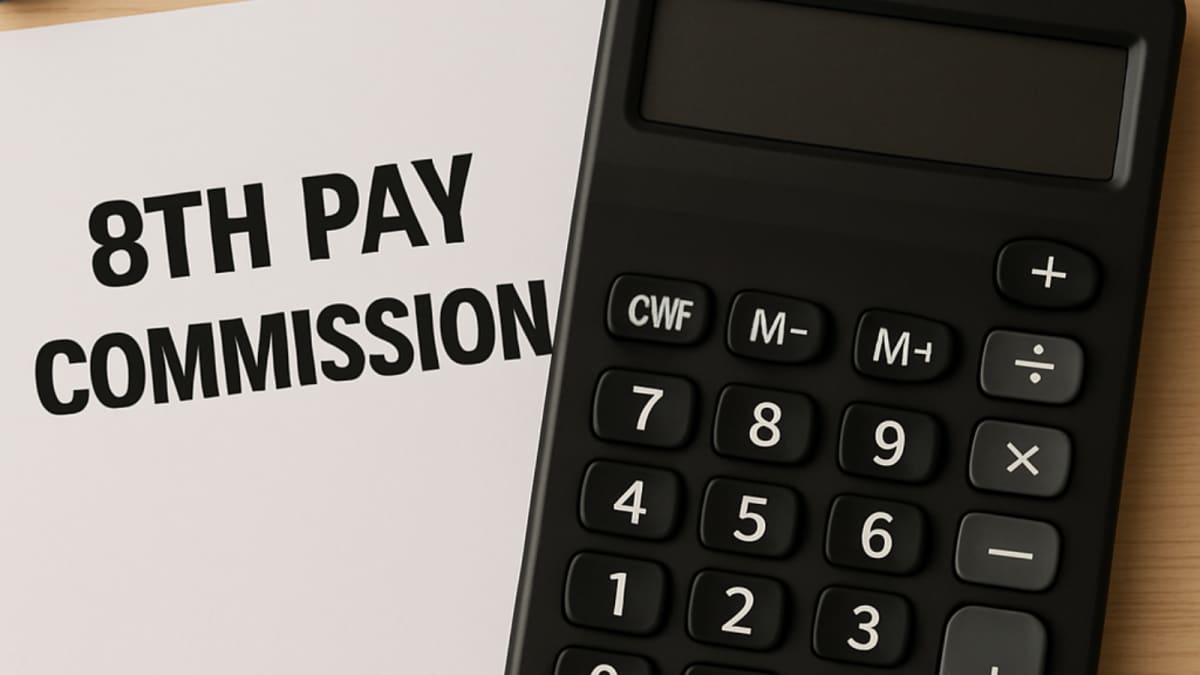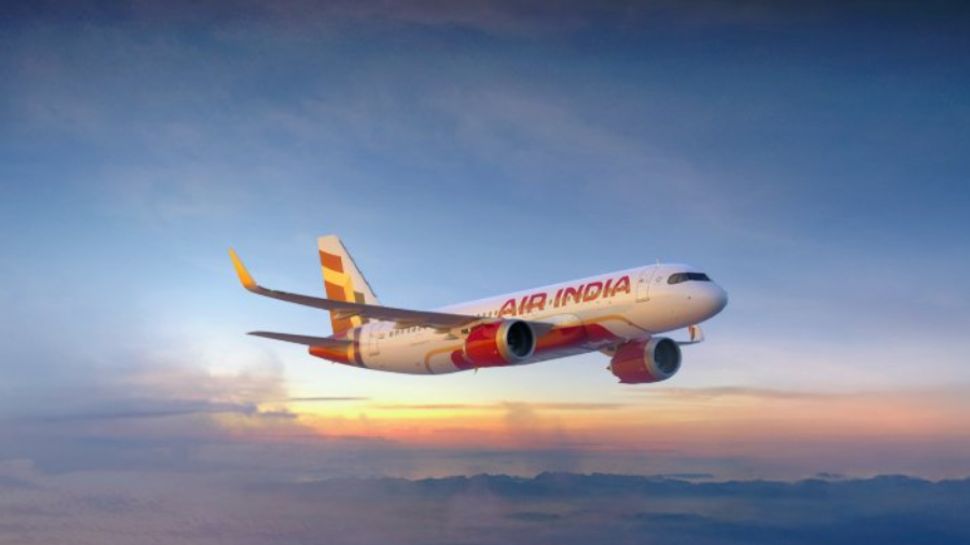Business
Investors are making up the highest share of homebuyers in 5 years

A version of this article first appeared in the CNBC Property Play newsletter with Diana Olick. Property Play covers new and evolving opportunities for the real estate investor, from individuals to venture capitalists, private equity funds, family offices, institutional investors and large public companies. Sign up to receive future editions, straight to your inbox.
Real estate investors, both individual and institutional, bought one-third of all single-family residential properties sold in the second quarter of 2025. That is an increase from 27% in the first quarter, and the highest percentage in the last five years, according to a report from CJ Patrick Co., using numbers from BatchData, a real estate data provider. Investors accounted for 25.7% of residential home sales in 2024.
While the share of sales is higher, the raw numbers are lower. Investors in the second quarter of this year bought 16,000 fewer homes than a year ago, but home sales overall were much weaker this year than last year. That accounts for the gain in the investor share. Investors continue to own about 20% of the 86 million single-family homes in the country.
A sold sign is posted in front of a home for sale on Aug. 27, 2025 in San Francisco, California.
Justin Sullivan | Getty Images
“While investors purchased more homes than they sold in the second quarter, they did sell over 104,000 homes, with 45% of those sales going to traditional homebuyers,” said Ivo Draginov, co-founder and chief innovation officer at BatchData. “So in addition to the important role investors continue to play providing necessary liquidity to a weak home sales market, they’re also bringing much-needed inventory – both rental properties, and homes for owner-occupants – to the market.”
While large institutional investors continue to get most of the headlines in the single-family rental space, small investors account for more than 90% of the market. These are individuals owning 10 properties or less. The largest investors, those with 1,000 or more properties, make up just 2% of all investor-owned homes.
Unlike individuals, institutional investors are now selling more homes than they buy and have been for six consecutive quarters. The nation’s largest landlords, Invitation Homes, Progress Residential, American Homes 4 Rent and FirstKey Homes, all sold more homes in the third quarter of this year than they purchased, according to an analysis from Parcl Labs.
“They’re not exiting the space, just diverting capital into build-to-rent communities. But this shift means less competition for small investors and traditional homebuyers, while also adding more rental supply, which is needed in today’s market where younger adults often opt to rent since they can’t afford to buy a home,” said Rick Sharga, founder and CEO of CJ Patrick Co.
Looking regionally, Texas, California and Florida have the highest number of investor-owned homes. This is largely because they are also the most populous states. The states with the highest percentage of investor-owned homes are Hawaii, Alaska, Montana and Maine. These are also heavy tourism states.
Investors have always focused on lower-priced homes because those can offer the best profits in resale years later. In the second quarter of this year, investors paid an average of $455,481 per home — well below the national average price of $512,800, according to the CJ Patrick report. It was, however, the highest average investor price in the past six quarters, since home prices overall continue to climb.
Investor homes are typically either smaller or in less expensive housing markets. Large investors bought even cheaper homes than the overall pool, with their average purchase price at $279,889. Their average sale price was $334,787. Institutional investors are concentrated most in the Midwest and South, where prices are below the national average.
Business
8th Pay Commission: NC JCM Seeks OPS Restoration, Revised ToR And Jan 1, 2026 Rollout Date

Last Updated:
NC JCM urges Prime Minister Narendra Modi and Nirmala Sitharaman to amend 8th Pay Commission ToR, restore Old Pension Scheme, and more.

8th Pay Commission: The ToR acts as the foundation document of any pay commission.
8th Pay Commission: As the 8th pay commission has begun working after the notification of Terms of Reference (ToR) last month, the National Council (Staff Side) of the Joint Consultative Machinery (NC JCM) has sought the intervention of the Prime Minister Narendra Modi and Finance Minister Nirmala Sitharaman. The body has urged them to amend major changes to the Terms of Reference (ToR) of the 8the Pay Commission, according to a report of Economic Times.
It has also sought restoration of the Old Pension Scheme (OPS) for central government employees under National Pension System (NPS).
According to ET report, Shiva Gopal Mishra, secretary of NC JCM, in the letter to the PM and FM suggested amendments to the 8th Pay Commission ToR, calling them important to serve the ‘large interest’ of current and retired central government employees.
NC JCM has sought amendments in the matter related to restoration of “expectations of stakeholders” clause that existed in the 7th CPC, removal the phase ““unfunded cost of non-contributory pension schemes”, declaration of January 1, 2026 as the implementation date, and offer 20% interim relief to employees and pensioners.
The body as quoted by ET said that the missing of “expectations of stakeholders” clause sends a discouraging signal.
In the letter, the body has urged to restore the commutation after 11 years with 5% additional pension every five years after retirement and revision coverage for all pensioners.
The body has sought the restoration of the OPS for those who joined government service on or after January 01, 2024. The body said it’s reflect the long-standing demand for financial security after retirement.
Headed by Justice (Retd.) Ranjana Desai, the 8th Pay Commission is expected to submit the recommendations on salaries, basic pay, fitment factor, and all of that to within 18 months. It couldn’t be possible to submit before mid-2027 and then recommendations will be passed through the Cabinet before becoming effective retrospectively from January 01, 2026.

Varun Yadav is a Sub Editor at News18 Business Digital. He writes articles on markets, personal finance, technology, and more. He completed his post-graduation diploma in English Journalism from the Indian Inst…Read More
Varun Yadav is a Sub Editor at News18 Business Digital. He writes articles on markets, personal finance, technology, and more. He completed his post-graduation diploma in English Journalism from the Indian Inst… Read More
November 23, 2025, 14:17 IST
Read More
Business
New Labour Reforms Will Transform Workers’ Lives: NFITU

New Delhi: Dr. Deepak Kumar Jaiswal, National Convenor of CONSENT and National President of the National Front of Indian Trade Unions (NFITU), on Saturday welcomed the Prime Minister Narendra Modi government’s new labour codes, calling them a landmark step toward ensuring dignity, safety and fair wages for India’s workforce.
Speaking to IANS, he said the reforms reflect Prime Minister Narendra Modi’s commitment to strengthening worker justice and modernising India’s labour ecosystem in line with global standards. Dr. Jaiswal praised the provision of time-bound minimum wages, describing it as a historic initiative that will directly curb exploitation and bring long-overdue stability to labourers.
“The recent discussions with Union Minister Mansukh Mandaviya further reinforced the government’s intention to deliver reforms that genuinely benefit workers,” Dr. Jaiswal mentioned. He added that the new laws will bring visible improvements to the lives of millions of labourers.
Highlighting the focus on women in the workforce, Dr. Jaiswal applauded the rules ensuring equal pay and eliminating gender discrimination, as well as provisions for safer workplaces. He said women constitute half of the population and are increasingly part of the labour force, and the government has addressed their concerns with seriousness and sensitivity.
He also lauded the decision to extend social security coverage to more than 40 crore workers, calling it a major step that demonstrates the Prime Minister’s commitment to providing protection and respect to every Indian worker.
With 14 major organisations associated with NFITU, he said extensive consultations took place before the reforms were finalised, ensuring that workers’ voices were adequately represented. On the introduction of double wages for overtime and free health check-ups for workers above 40 years of age, Dr. Jaiswal said these measures clearly show that the Modi government places the dignity and quality of life of workers at the forefront.
Drawing a comparison with global labour systems, he said India’s laws are now moving on par with international standards. He added that while some unions in the past resorted to frequent strikes, the broader objective should always be constructive dialogue and appreciation when the government does the right thing.
Dr. Jaiswal remarked that earlier governments, including during the tenure of former Prime Minister Manmohan Singh, had not implemented such reforms despite repeated demands. He emphasised that NFITU is not politically aligned, but as a responsible trade union body, it would continue to raise its voice against any shortcomings and also acknowledge positive steps taken in the interest of workers.
Business
Why is this Budget so important for the UK economy?

Next week, the Chancellor will reveal the Government’s latest set of tax and spending policies as she also outlines her ambitions for the economy under the Labour Government.
The state of the economy is the key focal point ahead of the Budget, amid criticism from industry over the impact of the Government’s first Budget last year.
The state’s official forecaster will also lay out its key projections over how the economy is set to fare over the coming years, with fears that it could present a gloomy outlook in the short term.
Here the PA news agency looks at the importance of this Budget for the economy:
– What is the backdrop of the Budget?
The UK economy started the year with positive growth, with GDP (gross domestic product) rising by around 0.7% over the first quarter of the year.
Nevertheless, this had been boosted by stronger trade ahead of expected tariffs and came amid an increasingly uncertain global economic backdrop.
This growth has steadily slowed down as the year progressed, with the Office for National Statistics (ONS) reporting growth of 0.3% in the second quarter and 0.1% in the third quarter of the year.
The dip has come amid declines in the production sector as well as slower growth in the services sector.
Meanwhile, inflation has been elevated over the past year, striking a peak of 3.8% in July, August and September.
It dipped slightly last month – although at a slower rate than expected – but also comes amid a backdrop of falling wage growth.
Consumer finances had been supported by stronger wages but real wage growth has slowed significantly in recent months because of pressure in the labour market.
Unemployment has also lifted, striking a four-year-high of 5% in the three months to September.
– Why is the last budget important?
Weak hiring, slowing wage growth and price inflation have all been partly linked to policies which came into force following the Labour Government’s first budget last year.
The budget led to higher taxes and labour costs for many businesses when the policies came into force in April this year.
Firms were affected by the increase in the national minimum wage, higher National Insurance Contributions (NICs), reduced business rates discounts and other taxes, such as a new packaging tax.
The Bank of England highlighted that the increase in NICs and the minimum wage partly contributed to higher food price inflation earlier this year as impacted firms passed some of this on to their customers.
– What is the view of businesses ahead of the Budget?
Businesses and trade bodies have stressed that they came under pressure from the previous budget and have urged the Government to avoid hitting them with further increases.
Industry data has also shown that some business spending has been held back ahead of the Budget, with firms cautious about their financial position.
The latest monthly flash PMI economic data – which shows activity in the UK’s private sector – showed that activity was dented by cautious decision making from firms before the Budget.
– What is the view of consumers?
Consumer spending has also been broadly cautious in recent months, with Bank of England policymakers recently highlighting a focus on saving in favour of spending.
On Friday, the ONS said retail sales contracted in October for the first time in three months as shoppers also held off before the Budget.
Economists have cautioned that predicted rises in personal taxes at the Budget come mean that some consumers will reduce their spending plans rather than just delay them until nearer to Christmas.
Ruth Gregory at Capital Economics said: “The risk is that the fourth quarter isn’t a golden one for retailers and that higher taxes in the Budget restrain retail spending over the crucial festive period and going into next year.”
– Why has there been focus on the Government’s ‘fiscal hole’ and what does this mean?
The so-called “fiscal hole” is the gap between the Government’s projected spending and its projected revenues, typically through taxes or borrowing.
This is particularly important for the Government as it seeks to meet the fiscal rule that it must balance spending and revenues over the next five years.
Economists have predicted that a significant “fiscal hole” has grown since the last spending review, with spending reductions lower than expected because of failures to pass welfare cuts, increased borrowing costs and expected readjustment to productivity forecasts.
Nevertheless, reports have suggested that original predictions of a roughly £30 billion fiscal hole have now been reduced, with the Financial Times indicating the OBR think this will be nearer to £20 billion.
Last week, reports indicated the Government would therefore not push forward with expected increases to income tax as they did not need to raise as much money in order to plug this black hole.
On Wednesday, the Office for Budget Responsibility will reveal how much money new spending reductions or tax increases will generate in order to address this.
It will also unveil its latest forecasts for key economic metrics such as economic growth, unemployment and inflation.
– Will the Budget be important for the financial markets?
The Budget can impact trading in the financial markets, as has significant speculation about potential policy decisions.
Typically, the value of the pound and the price of gilts – government bonds – are the most likely to be influenced by budget policy.
Gilt yields, which rise as prices fall, ticked higher earlier this week but are still significantly lower than earlier this year as borrowing costs have drifted lower amid lower interest rates.
Both the pound and gilt prices tend to reach positively to cautious spending commitments and limited tax changes, particularly if they believe tax policy is likely to hamper economic growth or wider investment.
The FTSE 100 and other domestic equity indexes do not tend to be directly impacted by changes in domestic policy, although they can be influenced by fluctuations in the pound.
Stocks in specific sectors which are targeted by policy could however move in value.
For example, listed gambling companies have seen speculation of increased levies on sports betting press down on their share value.
-

 Tech1 week ago
Tech1 week agoNew carbon capture method uses water and pressure to remove CO₂ from emissions at half current costs
-

 Business1 week ago
Business1 week agoThese 9 Common Money Mistakes Are Eating Your Income
-

 Fashion1 week ago
Fashion1 week agoAfter London, Leeds and Newcastle, next stop Glasgow for busy Omnes
-

 Sports1 week ago
Sports1 week agoTexas A&M officer scolds South Carolina wide receiver after touchdown; department speaks out
-

 Sports1 week ago
Sports1 week agoApple scrapping MLS Season Pass service in ’26
-

 Business1 week ago
Business1 week agoWhat’s behind Rachel Reeves’s hokey cokey on income tax rises?
-

 Tech6 days ago
Tech6 days agoTwo-step flash Joule heating method recovers lithium‑ion battery materials quickly and cleanly
-

 Tech1 week ago
Tech1 week ago50% Off DoorDash Promo Code for November 2025


)

)






